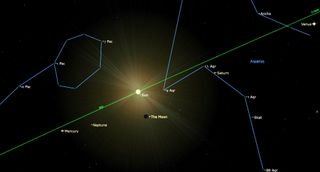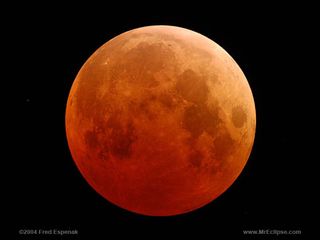Jesse Emspak is a freelance journalist who has contributed to several publications, including Space.com, Scientific American, New Scientist, Smithsonian.com and Undark. He focuses on physics and cool technologies but has been known to write about the odder stories of human health and science as it relates to culture. Jesse has a Master of Arts from the University of California, Berkeley School of Journalism, and a Bachelor of Arts from the University of Rochester. Jesse spent years covering finance and cut his teeth at local newspapers, working local politics and police beats. Jesse likes to stay active and holds a fourth degree black belt in Karate, which just means he now knows how much he has to learn and the importance of good teaching.
Latest articles by Jesse Emspak
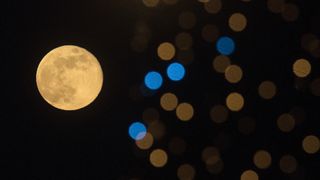
December full moon 2024: The Cold Moon eclipses Mars
By Jesse Emspak last updated
The Full Cold Moon of December 2024 rises on Dec. 15. Three days later, the moon will occult Mars.
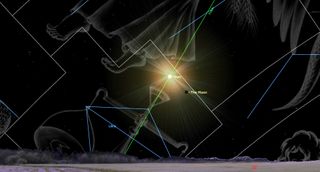
November's new moon makes a close pass to Venus
By Jesse Emspak published
The new moon of November 2024 occurs on Nov. 1, and three days later the moon will make a close pass to Venus in the evening sky.
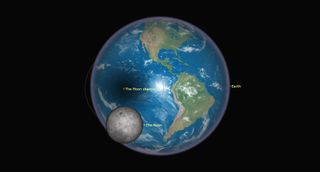
October's new moon will bring us a spectacular 'ring of fire' eclipse
By Jesse Emspak published
October's new moon will occur today (Oct. 2) and create a dazzling annular solar eclipse.
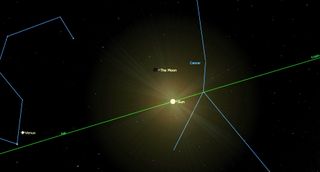
New moon of August 2024: Venus in conjunction
By Jesse Emspak published
The day after the new moon , the moon will be in conjunction with Venus, passing just under the planet low on the horizon in the night sky.
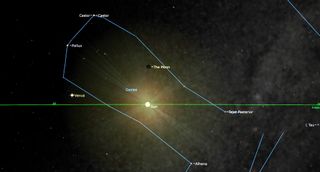
New moon of July 2024: Dark skies tonight as Earth is farthest from the sun today
By Jesse Emspak published
The new moon of July 2024 occurs today as Earth reaches its farthest point from the sun, known as aphelion.
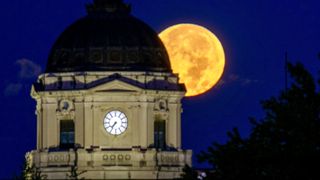
The Strawberry Full Moon of 2024 rises near the June solstice with an Antares encounter
By Jesse Emspak published
When June 2024's Strawberry Moon is almost full, it will occult the bright star Antares.
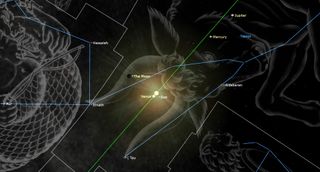
New moon of June 2024 tonight lets Saturn, Mars and Jupiter shine
By Jesse Emspak published
The dark skies of the new moon of June 2024 will allow some of the naked eye planets to stand out late in the night after midnight.
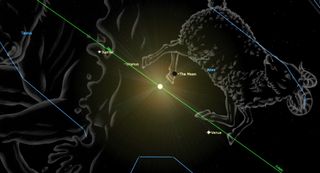
New moon of May 2024 tonight welcomes the stars of summer
By Jesse Emspak published
The new moon of May 2024 will see the bright constellations of summer begin to rise just as those of winter sink below the horizon.
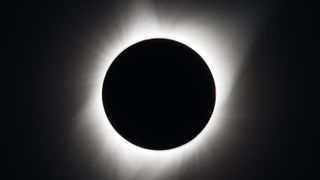
New moon phase on April 8 will bring on the 2024 total solar eclipse
By Jesse Emspak published
This month's new moon, which occurs on April 8, is a special one: It will cause a total solar eclipse, the last such event to grace the contiguous United States for two decades.

February's 'super' new moon leaves the night sky nice and dark tonight
By Jesse Emspak published
February's new moon coincides with lunar perigee, during which time the moon will reach its closest point to Earth in its orbit.
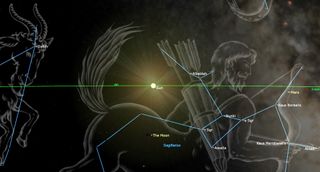
January's new moon welcomes Mercury as a 'morning star'
By Jesse Emspak published
The first new moon of 2024 occurs on January 11, leaving the skies dark for stargazers to find Mercury at its most visible during its greatest separation from the sun.
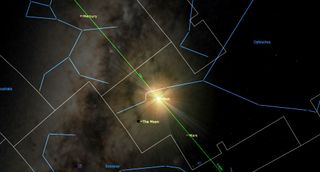
December's new moon allows the Geminid meteor shower to shine tonight
By Jesse Emspak published
The new moon of December 2023 offers skywatchers dark skies for catching the Geminid meteor shower, one of the year's best celestial spectacles.
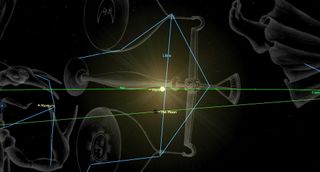
November's new moon lets the winter constellations shine bright tonight
By Jesse Emspak published
November is when the winter constellations of the Northern Hemisphere become more prominent; it's the time of year when Orion, Taurus and Gemini are visible almost all night long.
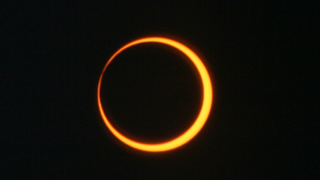
October's new moon brings us a 'ring of fire' solar eclipse
By Jesse Emspak published
October's new moon rises today (Oct. 14) and causes an annular or 'ring of fire' solar eclipse, which will delight skywatchers across the Americas.
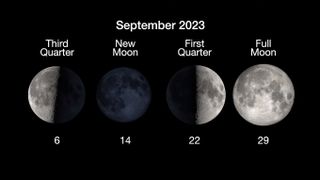
September's new moon points the way to Mars, Jupiter and more
By Jesse Emspak published
September's new moon rises tonight (Sept. 14). Here's what you can expect to see in the night sky around this time.
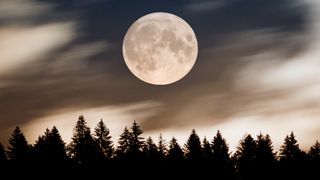
August Super Blue Moon guide 2023: The biggest and brightest moon of the year snuggles up to Saturn
By Jesse Emspak published
The Blue Moon of August 2023 rises on Aug. 30, offering skywatchers a second chance to catch a supermoon alongside Saturn in the night sky.

The July new moon offers dark skies to see 5 visible planets tonight
By Jesse Emspak published
Mercury, Mars, Venus, Saturn and Jupiter will all be visible overnight on Monday (July 17) during July's new moon, although some will require staying up late.
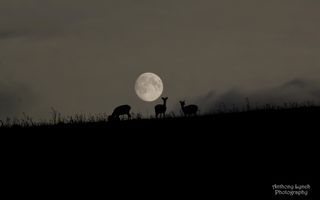
Harvest Moon 2022: When and how to see September's full moon
By Jesse Emspak published
Reference The full moon of September 2022 also carries the title of the Harvest Moon for those living in the Northern Hemisphere.
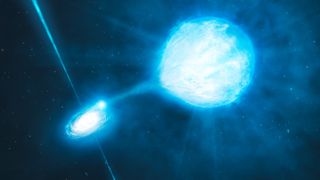
Massive stellar pairs spewing X-rays offer a glimpse into the Milky Way's past
By Jesse Emspak published
Massive binary star systems in the galaxy form at the edges of open clusters or the leading edge of a spiral arm, a team of astronomers found.

What goes up must come down: Study looks at risk of orbital debris casualties
By Jesse Emspak published
It's only a matter of time before someone is killed by falling space junk.
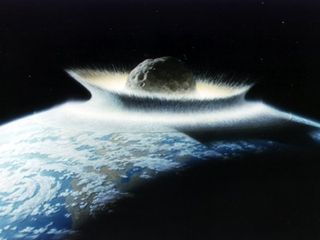
Space rock alert: Should you worry about an asteroid impact?
By Jesse Emspak published
NASA is testing one technique it might use should a large asteroid threaten to collide with Earth. But just how high are the odds of such a dangerous space rock after all? You don't need to panic.

Super Flower Blood Moon 2021: Where, when and how to see the supermoon lunar eclipse
By Jesse Emspak published
On May 25-27, much of the world will see a lunar eclipse that coincides with the moon's closest approach to Earth — making it a "supermoon" eclipse that will turn the moon reddish.
Breaking space news, the latest updates on rocket launches, skywatching events and more!

